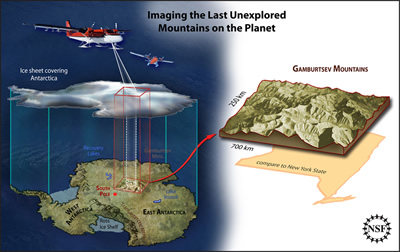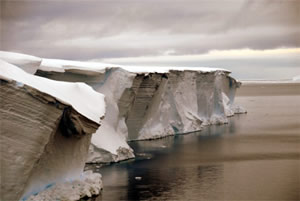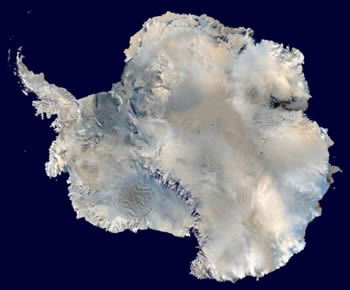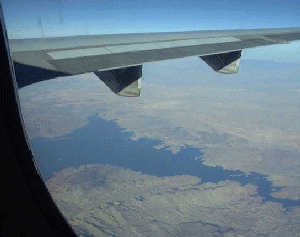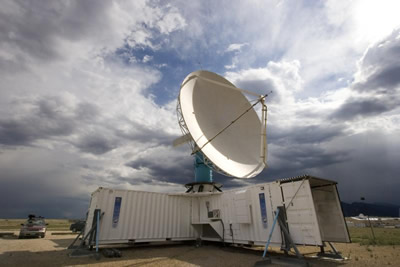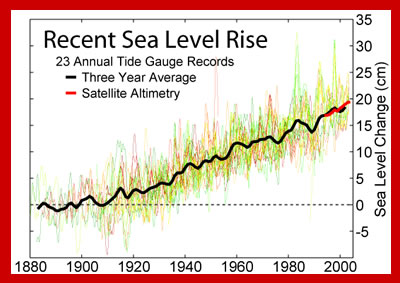Click on image for full size
Image Courtesy of Zina Deretsky/NSF
Research Team Confirms Alps-like Mountain Range Exists under East Antarctic Ice Sheet
News story originally written on February 24, 2009
A team of international scientists has completed an aerial survey of part of the East Antarctic Ice Sheet. The survey was done by the Antarctica Gamburstev Province (AGAP) project with the goal of learning more about the ice sheet and mountains underneath it.
The researchers think this mountain range, which is buried more than four kilometers (2.5 miles) under the ice, caused the East Antarctic Ice Sheet to form. This massive ice sheet is more than 10 million square kilometers large and sits on top of the bedrock of Antarctica. Fausto Ferraccioli, a geophysicist from the United Kingdom, explains, "We now know that not only are the mountains the size of the European Alps but they also have similar peaks and valleys. But this adds even more mystery about how the vast East Antarctic Ice Sheet formed. If the ice sheet grew slowly then we would expect to see the mountains eroded into a plateau shape. But the presence of peaks and valleys could suggest that the ice sheet formed quickly--we just don't know. Our big challenge now is to dive into the data to get a better understanding of what happened millions of years ago."
The initial data also appear to confirm earlier findings that a vast aquatic system of lakes and rivers exists beneath the ice sheet of Antarctica. "The temperatures at our camps hovered around -30 degrees Celsius, but three kilometers beneath us at the bottom of the ice sheet we saw liquid water in the valleys," said AGAP U.S. Co-leader Robin Bell. "The radar mounted on the wings of the aircraft transmitted energy through the thick ice and let us know that it was much warmer at the base of the ice sheet."
The AGAP data will help scientists understand the role this water system plays in the dynamics of ice sheets. This information will help scientists understand the possibility of sea-level rise in the future.
This project included scientists, engineers, pilots and support staff from Australia, Canada, China, Germany, Japan, the U.K. and the U.S. They used two airplanes that contained many instruments, including radar that can penetrate through the ice.


